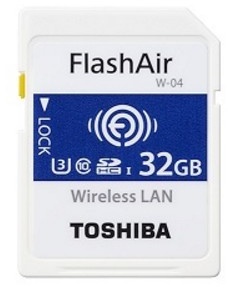

With the world that we live in driven by technology I was really dismayed that I’d need to be strapped to a desk or have a portable laptop. I had these amazing pictures on my Canon EOS 650D but no laptop or way to get them ready for posting. These were a few of the questions going through my head the other day when I went to the Bents Christmas opening.

JP Gleyzes has updated details to Low cost solar panel solution (MPPT + sun tracker).Having a large but powerful DSLR is great, but what about when you need to get the pictures quickly uploaded to Instagram or send to a PR Agent?.Juan Carlos liked Spooky Scary Cyberdeck.Juan Carlos liked qB-deck: remote robot hacking.Sp4m has added a new log for Fully Analog 60% HID Cluster.j has added a new log for AR Helm with GPS Speed indicator.kelvinA has updated the project titled Tetent TestCut.Jacob liked Compact, low-power Geiger counter.Julien OUDIN has updated details to Joytojoy.Navarre Bartz on Bringing A Steam Train Back From Extinction.smellsofbikes on Bringing A Steam Train Back From Extinction.Grawp on Amateur Rocket Aims For The Kármán Line, One Launch At A Time.Zydnar on Power Loss Recovery Might Make 3D-Printed Blobs.Nick on Linux Fu: The Chrome OS Flex Virtualization.Hackaday Podcast 188: Zapping Cockroaches, Tricking AIs, Antique 3D Scanning, And Grinding Chips To QFN 7 Comments Posted in 3d Printer hacks, Wireless Hacks Tagged 3d printer, python, sdcard, wifi Post navigation There’s a dedicated site for FlashAir developers and we have to wonder if these wouldn’t be a good way to Web-enable an embedded system with an SD Card slot (in case you are tired of hearing about the ESP8266).
#Toshiba flashair repair mod#
had to mod the printer’s firmware, although version 2 of the FlashAir handles long file names and wouldn’t require as much effort. did a similar mod (see video, below) for the DaVinci printer which was a bit more involved since the original FlashAir card didn’t handle long file names.

Over on hackaday.io, has recently done some hacking on the FlashAir and has a list of its shell commands if you want to go beyond the text file hacks. Since the hack is nothing more than changing a text file, it is a lot easier than some other SD hacks we’ve covered.
#Toshiba flashair repair how to#
However, shows how to modify a file on the SD card’s file system to allow the device to hook up to an existing wireless network and also provides a Python script to make the file transfer easier.Īlthough this hack is for a 3D printer, it ought to work with most devices that have a full sized SD slot (or can be adapted to take a full sized card). The card is aimed at consumers, so by default it creates a hotspot and waits for a connection, a rudimentary web app allows you to move files back and forth over the network to the SD card which is then read by the host device. Wouldn’t it be great if you could hack those devices with SD slots to use WiFi? Apparently 3D printer thought the same thing and found a way to reconfigure a Toshiba FlashAir card to put his 3D printer on the network. Back in the 1990’s moving files via a floppy disk was known as “sneaker net.” While floppies are a thing of the past, SD Cards are the modern equivalent and they still lend themselves to sneaker net operations.īut why? WiFi is everywhere now.


 0 kommentar(er)
0 kommentar(er)
